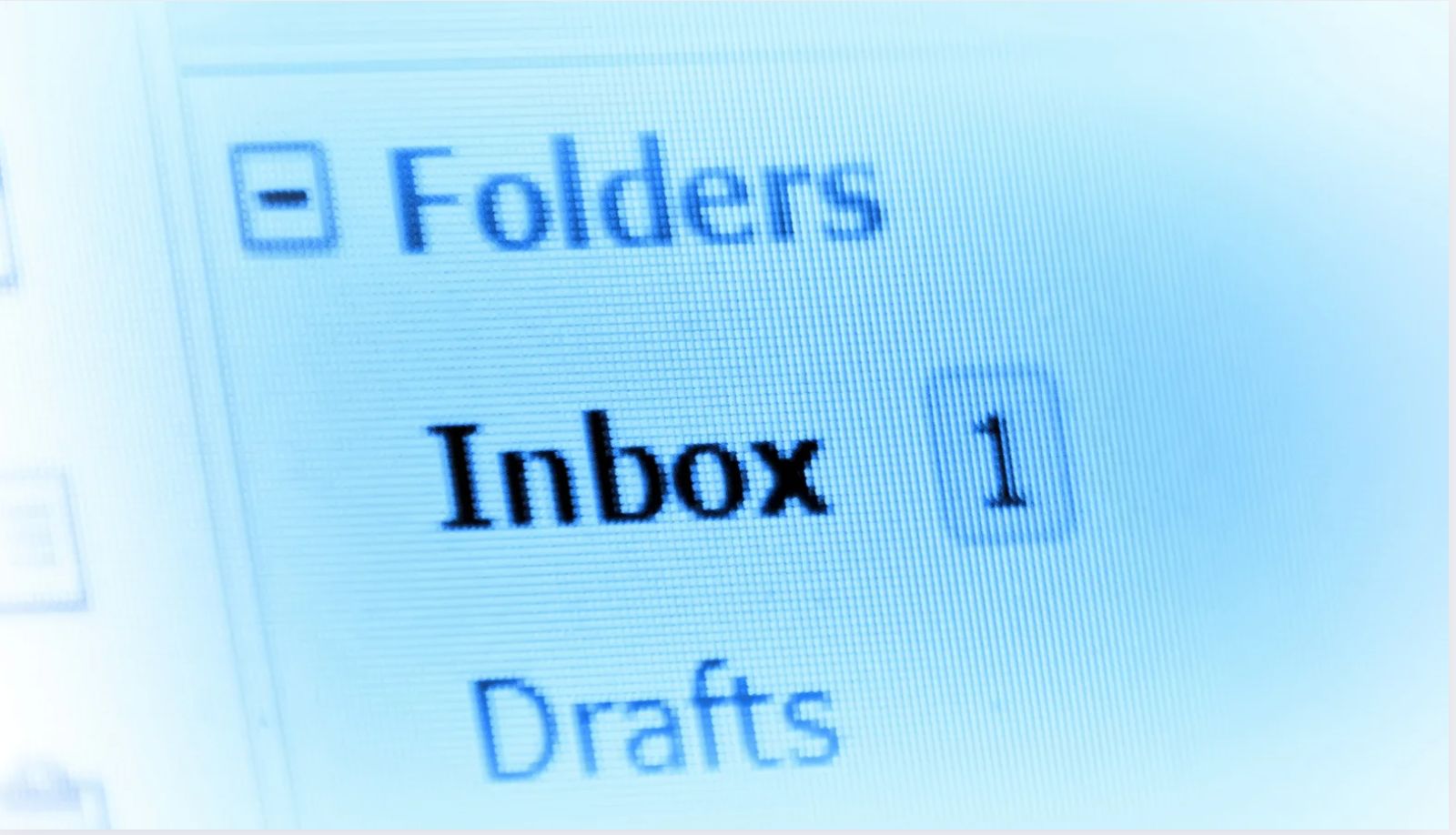Between inboxes that feel more like war zones and AI-generated sludge flooding every corner of the internet, just getting your email seen has become a win. And landing in the main inbox? That’s like getting past the velvet rope at an exclusive party—without even knowing the bouncer.
Still, it’s not magic. It’s not luck, either. It’s a mix of setup, strategy, and just enough human touch to make the algorithms (and real people) take notice. Let’s talk about how to actually make it happen in 2025.
The Email Graveyard Is Real
First off, let’s clear something up: If your cold emails are going to spam, it’s not always because your copy is bad. Sometimes, your email never even gets the chance to be bad—it’s dead on arrival.
Spam filters these days are ruthless. They’re reading between the lines, watching your sending behavior, and silently judging every pixel of your message.
Here’s what often gets you buried:
- Using a domain that’s been flagged before (or not warmed up)
- Sending way too many emails, way too fast
- Subject lines that feel clickbaity or scream “promotion”
- Formatting that looks like a newsletter or worse—like a phishing attempt
- Using 5 links, 2 images, a giant signature, and a tracking pixel—all in one email
Even if your message is great, none of it matters if Gmail yeets it into the Promotions tab… or worse.
Warm Up or Shut Down
Let me say this plainly: if you don’t warm up your domain in 2025, you’re not emailing—you’re spamming (even if you’re not a spammer).
Imagine sending 100 emails out of the blue from a brand-new domain. That’s like shouting in a quiet library—everyone’s going to look at you weird, and the librarian (Gmail) will probably kick you out.
Warming up your domain slowly teaches inbox providers that you’re legit. Tools like Mailreach, Mailwarm, and Instantly’s warmup system help by sending low-volume, real-looking emails between inboxes to build reputation.
Bonus tip: Don’t use your main company domain for cold outreach. Set up a lookalike domain (e.g., trygetflare.com if your brand is getflare.com) to keep your core email safe.
Don’t Look Like Spam, Don’t Sound Like a Bot
Here’s where a lot of folks mess up: they write emails that look automated. Even if they’re not.
Formatting matters. Plain text > HTML-heavy emails every single time. If your email has three fonts, a background color, and a giant “BOOK A DEMO” button? Congratulations—you’re a newsletter now.
Same goes for your email signature. Cut it down. Nobody needs your five-line mission statement or seven links to your socials. Keep it clean. First name, title, maybe a site link. Done.
And while we’re at it—those overly polished, AI-sounding intros? They’re the new red flags. You know the ones:
“I hope this message finds you well. I came across your impressive background…”
Nobody talks like that. Not even on LinkedIn anymore.
Personalization That Doesn’t Feel Lazy
We’ve all seen it. The email that starts with:
“Hey {{FirstName}}, I saw you’re a {{JobTitle}} at {{Company}}…”
It’s not personalized—it’s automated, and it feels like it. Real personalization isn’t about plugging in variables. It’s about context.
Mention their recent blog post. Reference that spicy tweet they made. Or talk about something specific from their About page. That’s what gets attention.
And yes, it’s harder. But tools like Clay, Folk, or even Lavender (which helps with tone coaching) can help you scale without sounding like you’re sending templates from 2017.
Less Spray, More Sniper
Here’s where strategy comes into play. Mass emailing is a trap in 2025.
The more emails you send at once, the more likely you’ll trigger Google’s “What is this nonsense?” alarm. Keep it tight. Smaller batches (think 20–50 at a time) tend to get better open and reply rates—and better deliverability.
Timing matters too. Conventional wisdom used to say “Tuesday morning.” But inboxes are flooded then. Try off-peak times—early Monday, late Thursday, even Sunday nights for certain industries.
Also, space out your follow-ups. Nobody likes being chased like a squirrel at a picnic. Give people time. You’re not selling socks on sale—you’re building a conversation.
Tech Stuff That’s Actually Worth Knowing
This part might sound boring, but it’s where most cold emails sink without a trace.
Make sure your domain is set up correctly with:
- SPF (Sender Policy Framework)
- DKIM (DomainKeys Identified Mail)
- DMARC (Domain-based Message Authentication)
If that sounds like alphabet soup, don’t worry—there are tools that’ll check all this for you, like MXToolbox, Mailtester, or Google Postmaster Tools. Set it up once, and it keeps your email life sane.
One more thing: monitor your bounce rate. If you’re sending to a dirty list (full of outdated or invalid emails), your sender score takes a nosedive—and good luck recovering from that.
Getting Seen in 2025 Means Writing Like a Human and Sending Like a Pro
So, what does all this boil down to?
Honestly, it’s a mix. Half of your success comes from the nerdy backend stuff—domain health, email infrastructure, tech hygiene. The other half? Not being annoying.
Write emails like you’re talking to a smart friend. Skip the hard sell. Share something useful, interesting, or funny. Think of your cold email not as an ad, but as a door opener—an excuse to start a real conversation.
Because in 2025, getting into someone’s inbox is about more than beating the spam filter. It’s about being worth landing in the inbox in the first place.
You want to be a welcome guest, not an uninvited pop-up. Send like you care—and people will care back.

